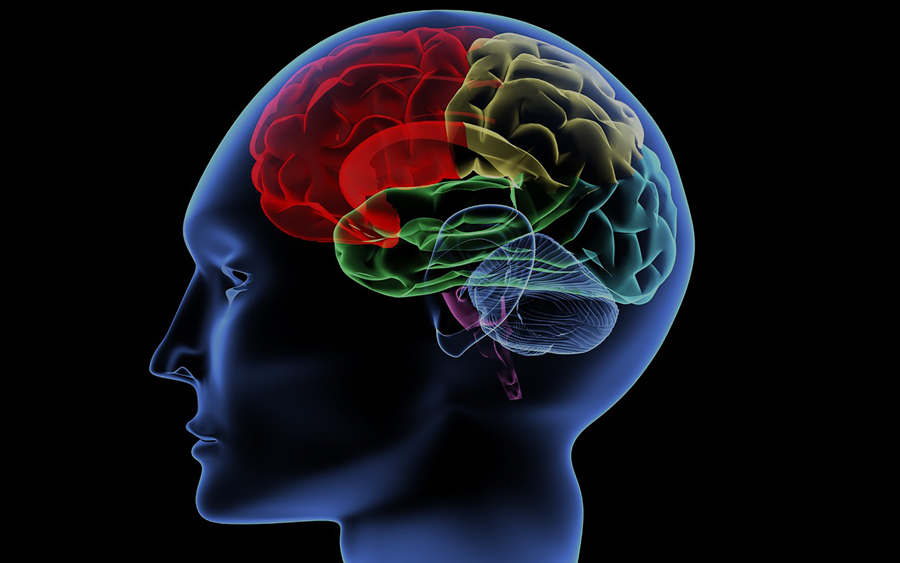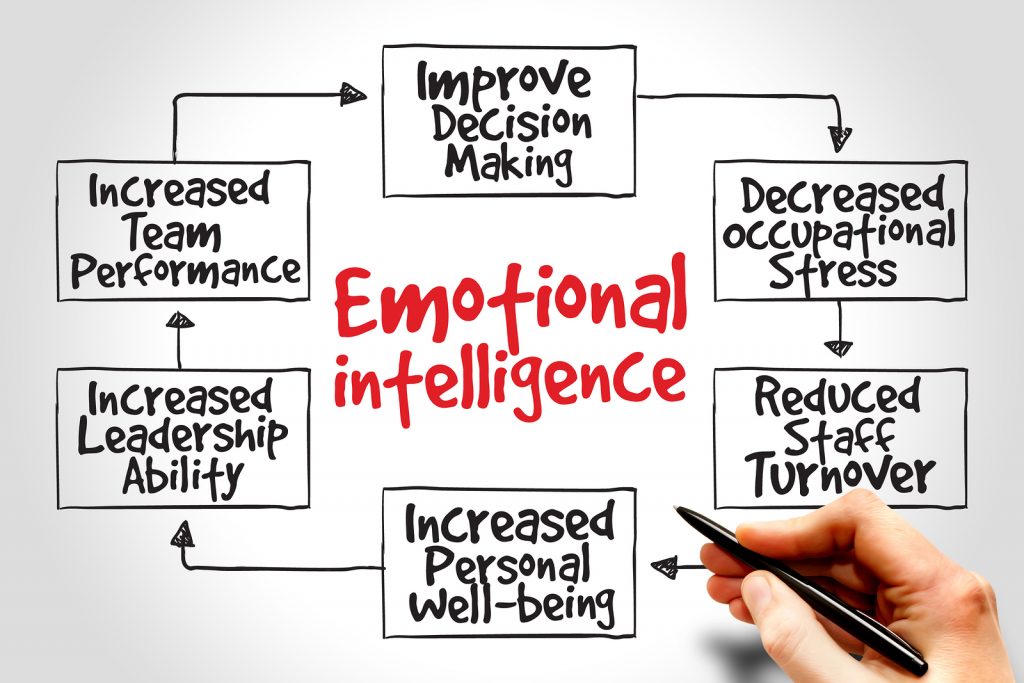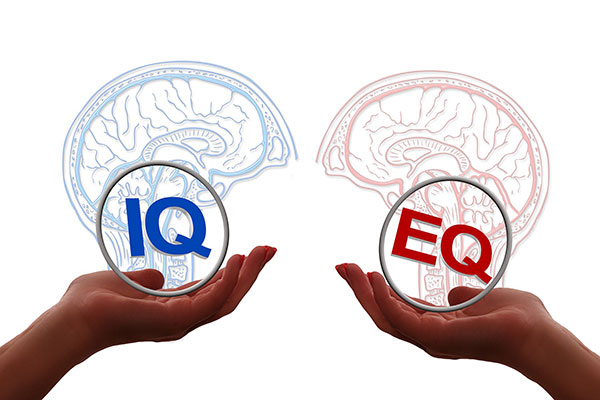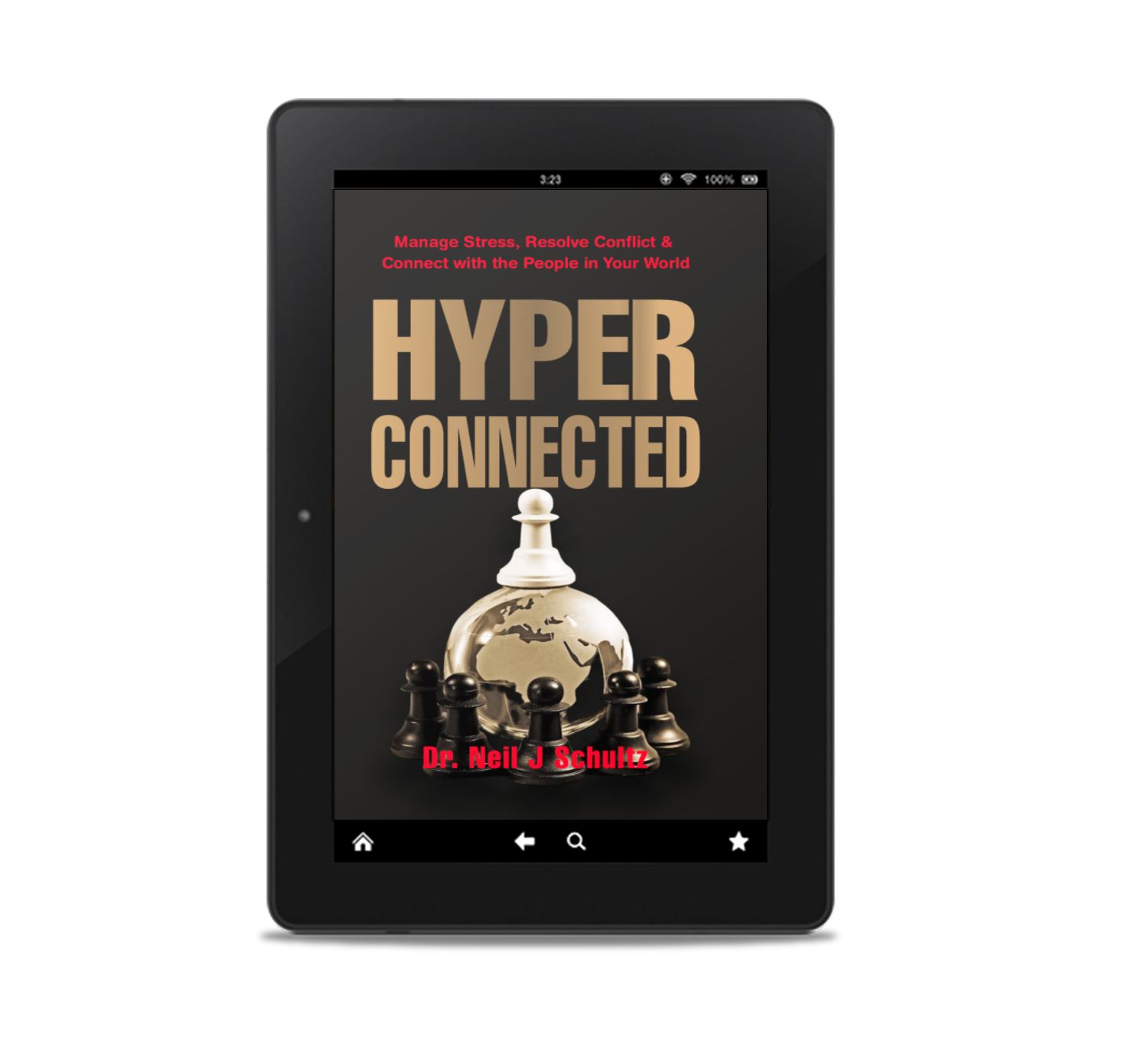Audio relaxation tools are one of the best ways to provide a user with the skills to be able to relax at will and let go of stressful situations. Dr. Neil Schultz has specifically helped a wide range of people in psychiatric practice, stressed traders working in their chosen field, stressed teachers, stressed university students, and lawyers, who experience stress on a daily basis. This article describes stress, its impacts on the person, a broader range of stress management tools and the use of an audio relaxation tool – one of the most powerful tools we have available.
What Causes Stress in the Workplace?
Before you know when you should be using an audio relaxation tool, you need to know what the circumstances are. For most people, this involves identifying the stress. Stress at work can arise from a variety of factors, often resulting from a combination of individual, organizational, and environmental elements the circumstances our life throws at us. Let’s explore some of causes of stress in the workplace.
Workload and Time Pressure. People at work are often exposed to high work demands under tight deadlines.
Lack of Control. Feeling that one has little control over life creates a sense of powerlessness. Feeling powerless affects the person’s self-belief, which also affects their ‘decision-making’ processes. All of these factors can have an impact on the experience of stress.
Unclear Expectations. Ambiguity about one’s job role, particularly relating to responsibilities, or performance expectations, leads to stress. In other words, if your employees feel unsure about what is expected of them, expect them to experience stress at work.
Poor Work-Life Balance. When people experience difficulty balancing their personal and work life needs, then it is very likely that they will experience stress. This goes back to having to work long-hours, experiencing low levels of flexibility, or not having any ability to disconnect from work during ‘non-working’ hours, contributes to the imbalance that encourages stress.
Job Insecurity. When someone has uncertainty about the continuity of their job or their income, stress is a likely outcome. You will see this during economic downturns, organisational restructuring, or a volatile job market.
Lack of Recognition and Reward. When someone feels that their efforts are not recognised or rewarded, they experience frustration, dissatisfaction, and stress.
Poor Work Relationships. Most people hate dealing with conflict, so when a workplace includes conflict with colleagues, supervisors, or subordinates, then that person is likely to experience higher stress levels.
Organizational Culture. Working within an unsupportive or toxic organisational culture contributes to stress. It is important for an organisation to prioritize employee well-being and ensure that factors like a lack of communication, transparency, or respect are not present.
Job Design and Monotony. When someone is placed in a job that is overly repetitive or monotonous, then boredom and stress are likely to develop. The person becomes disengaged with the task which creates a workforce that has no real interest in the product.
Lack of Resources. Insufficient resources, such as inadequate technology, staffing shortages, or budget constraints, hinder job performance and contribute to stress. Insufficient resources create a feeling that it is impossible to get the job done or that the person must contribute more than they should to achieve success. This might include unpaid overtime, or sometimes or even needing to make their own financial contributions to achieve successful outcomes.
Workplace Bullying or Harassment. Bullying, harassment, or discrimination in the workplace creates severe psychological problems, including stress and anxiety. This affects the people directly involved in these toxic situations, but also creates a negative culture within the workforce to develop and exacerbate stress.
Inadequate Training and Development. Insufficient training or a lack of opportunities for professional growth leaves employees feeling unprepared or stagnant. A lack of preparedness creates constant apprehension and a state of nearly constant stress.
Workplace Changes. Frequent changes in leadership, organisational restructuring, or major policy shifts, creates uncertainty and stress among employees who feel de-stabilised by the uncertainty and changes that follow.
Physical Work Environment. Uncomfortable or unsafe working conditions, noise, poor lighting, or inadequate facilities, all contribute to a person’s stress and negatively impacts their sense of well-being.
Technology-Related Stress. There are a variety of reasons why technology can increase stress related problems. Constant connectivity, information overload, or technology-related issues such as technical glitches all contribute to stress, particularly in jobs that rely heavily on digital communication.
All of these areas can help an employer identify areas within their corporation that affect their employees. Employers need to consider the ‘big picture’ issues that their employees face face. ‘Big picture’ strategies involve paying attention to the areas mentioned above and ensuring that their organisational issues like workplace culture, the use of conflict management strategies, and ensuring that people are not consistently over worked or under resourced, are solved.
Stress Management for Individuals
In addition to improving the workplace culture and solving organisational causes or stress, focusing on the individual’s response to stress can make a huge difference. It is part of the journey toward ensuring that a company has an emotionally intelligent workforce.
Some companies organise activities for their staff, things like meditation, tai chi, or something similar. These, and other activities are all very valuable and provide an opportunity of improving the overall emotional intelligence of the company’s workforce.
It is also important to recognise that everyone responds differently to stressful situations. This might be because of an individual’s genetics, their upbringing, other psychological factors, and prior experiences. These differences mean that there isn’t a single stress management technique that will work for everyone. So providing a ‘collective’ approach to stress management will definitely help, it is also important to consider an individual’s response to stress.
When individual’s pursue stress management strategies, you are investing in that person’s development, and typically that expenditure will provide returns in productivity, confidence, improved relationships, and reduced conflict in the workforce. It is always worth the investment. These people will typically benefit from being taught strategies that will help the person manage their stress better. One such strategies is to use an audio relaxation tool while can help the person come better with a specific situation that has arisen, but it also becomes a tool they take throughout their life.
The Effect of Stress on a Person’s Life
Stress can have a profound impact on various aspects of a person’s life. Physical, psychological, and behavioural changes are just a few of the problems that someone experiences. Here are some ways in which stress can affect individuals:
Physical Health. There are many ways that our physical health can be affected. This can include cardiovascular problems like high blood pressure and heart disease, weakened immune systems which can create an increased risk of other diseases affecting the person, and digestive problems like irritable bowel syndrome, or diarrhoea.
Mental Health. Stress has an important role to play in the development of and the exacerbation of a range of mental health problems. This can include things like anxiety and depression, insomnia and disruption of sleep problems. Some people, particularly those experiencing chronic stress, can experience problems with concentration, memory, and decision making.
Emotional Well-being. A sense of well-being is usually affected when someone is experiencing stress. The person will notice mood swings, irritability, and low mood. Stress also reduces someone’s emotional resilience, especially when that stress is chronic. The person finds it more difficult to experience everyday challenges.
Behavioural Changes. Everyone has coping mechanisms, mechanisms that are often unhealthy. When someone is stressed, then these behaviours become more prominent. Examples include things like overeating, smoking or having excessive alcohol consumption. You might also notice that some people develop social withdrawal and will actively avoid engaging with other people unless they feel they ‘have to’.
Work and Productivity. People become less productive, and this might be an early warning sign that an organisation can use to identify people who are feeling stressed. When this goes on for a long time, the person might experience ‘burnout’ which involves emotional exhaustion and reduced job satisfaction.
Interpersonal Relationships. Stress causes relationships to become strained and stressed people experience difficulties with family, friends and colleagues while the person is experiencing mood changes, irritability, and difficulty with communication because of their social withdrawal.
Long-term Health Consequences. Research that suggests that stress is associated with illnesses like cancer, diabetes, neurodegenerative disorders, and premature aging.
Audio Relaxation Tools: A Broad Approach to Reducing Stress
Stress creates a range of potential problems, and these problems affect not only the ‘stressed person’, but also those around them. Having strategies to improve stress improves one’s life, the life of the stressed person, the person’s workplace, and the person’s family and friends.
There are various stress management techniques that individuals can employ to improve their overall well-being and cope with stress. Different techniques work for different people, so it’s often helpful to experiment with a combination of strategies to find what works best for you. The following list describes a range of strategies that people can use to manage their stress, then, I want to describe just one of these strategies, using an audio relaxation recording.
Deep Breathing. Deep breathing exercises help activate the body’s relaxation response. This includes things like diaphragmatic breathing or box breathing. A real advantage to working with breathing control is that it is easy to learn and you can literally do it anywhere at any time.
Mindfulness Meditation. Mindfulness meditation helps you ‘bring awareness to the present moment’. This can involve focused breathing, body scan exercises, or guided meditation. It is not particularly difficult to learn but it does require some effort. Most people also find that they need to do it in a quiet space, which can create some challenges.
Progressive Muscle Relaxation. Here, people systematically tense and then relax different muscle groups to release physical tension and promote relaxation.
Yoga is well known to reduce stress. It involves combining physical postures, breath control, and meditation, to promote relaxation and flexibility.
Regular physical activity, whether it’s jogging, walking, swimming, or other forms of exercise, can help reduce stress. It is thought to work by releasing endorphins and promoting one’s overall well-being.
Journaling. Writing down your thoughts and feelings in a journal can help you gain clarity, express emotions, and identify stressors. With this, you can track patterns and identify potential solutions.
Time Management. Prioritising tasks, setting realistic goals, and breaking larger tasks into smaller, more manageable steps is a very helpful approach to reducing the stress. It works by reducing the cognitive weight of feeling overwhelmed by tasks in your future.
Social Support. Being connected helps a person control their stress levels. It allows a person to share feelings and experiences and a strong social support network provides perspective and even comfort in challenging situations.
Healthy Lifestyle Choices. It is often not taken as seriously as it should, but maintaining a balanced diet, ensuring adequate sleep, and limiting caffeine and alcohol intake are activities that can help to contribute to physical and mental well-being.
Cognitive Behavioural Therapy. With the help of a psychologist, cognitive behaviour therapy involves identifying and challenging negative thought patterns which can help change the way you perceive and respond to stressors.
Relaxing Environments. When someone is feeling stressed, they might be advised to do something relaxing. This could include listening to music, taking a warm bath, or spending time in nature. Activities like these will help a person create a stronger sense of well-being, which can be an antidote to stress.
Humour and Laughter. Like relaxing environments, research has shown that humour is also an antidote to stress. Finding ways to incorporate humour has positive effects on both your physical and mental well-being.
Mind-Body Practices. Mind-body practices like tai chi or qigong combine physical movement, breath control, and meditation. They represent a useful pathway to relieving stress.
Artistic Expression. Engage in creative activities such as painting, writing, or playing a musical instrument are helpful at reducing stress. Artistic expression also becomes a mechanism to express emotions, including stress. Sometimes, this allows the person to ‘make sense’ of the stress they are experiencing.
Clear Boundaries. Set clear boundaries between work and personal life. Learn to say no when necessary and prioritize self-care without feeling guilty.
Audio Relaxation Tools & My Personal Experience with Them
One relaxation tool not mentioned in the list above is self-hypnosis, although it is related to meditation, deep breathing exercises, and progressive muscle relaxation. Hypnosis involves having the person enter an ‘altered state of consciousness’, which means using relaxation techniques. In most cases, this involves focusing on breathing, visualising relaxing environments, and using progressive relaxation.
One advantage of hypnosis is that when someone is hypnotised, they are very receptive to suggestions given to them during hypnosis, in fact they are 400 times more receptive. For example, if we were just sitting together and I said, “Look you should not worry about this situation”. You might hear me, but it will be quite difficult to apply it, in other words you will continue to worry. However, when someone is hypnotised, and you receive suggestions that help you to remain relaxed when confronted with the same situation, you are much more likely to be able to achieve this.
The hypnotic process is itself deeply relaxing, in fact most people tell me they have never felt so relaxed after their first hypnotic session. However, the real power of hypnosis comes from being able to use suggestion as a tool to help the person remain relaxed long after the hypnosis has ended.
Many people imagine that a single hypnosis session will solve their problem, but in my experience, it requires more time to achieve results. Usually, a daily or second daily session for a month helps the person begin to integrate the suggestions into their daily life. In other words, to really notice that they are not feeling stressed in different situations. Once a person has the ability to relax when they choose, then after that, a weekly session or even an occasional top up as required is all that’s needed to maintain and develop the new habit.
To achieve this, you could make an appointment with a hypnotherapist, but it is completely appropriate to use ‘self-hypnosis’ instead. One method involves using a recording, an audio relaxation tool, which you play to yourself at a convenient time and place, and go through the session.
Another advantage of this is to that most people are time-poor, and finding the time to add another demand to their already busy day can be difficult. Audio relaxation tools provide a great opportunity to save time. I find that most people prefer to use this at night as they are falling asleep so it doesn’t take additional time out of your day. A secret to its effectiveness here is that that it doesn’t matter if you ‘fall asleep’ before it finishes, it is still working for you because you are still ‘listening’ subconsciously. When it’s over, you simply drift off into a comfortable and relaxing sleep and wake up refreshed the next morning.
Conclusion: Audio Relaxation Tools & Their Power
Audio relaxation tools are just one of the strategies you can use to help you learn to relax at will, and it is very effective, but don’t forget to also consider the other aspects of your life that might also reduce the amount of stress you are experiencing.
There is no doubt though, a life with less stress, or where you cope better with stress, is always going to be a better, easier life.
Get Hyperconnected
Hyperconnected is a book written by Dr Neil Schultz. It helps the reader to develop stronger emotional intelligence, and one of those areas specifically relates to managing stress. Within this book, you can also join the online program which provides you with a downloadable audio relaxation tool – completely free. While you are thinking about this, why not get the book now. Check Hyperconnected, you won’t be disappointed.
Dr Schultz spent 22 years working in psychiatry and then went on to qualify as a lawyer. He has spent 34 years helping people solve problems and the unique combination of medicine, psychiatry, law and mediation provides a unique academic and practical approach to life's challenges.
-
Dr Neil Schultzhttps://www.schward.consulting/author/drneiljschultz1963/
-
Dr Neil Schultzhttps://www.schward.consulting/author/drneiljschultz1963/
-
Dr Neil Schultzhttps://www.schward.consulting/author/drneiljschultz1963/
-
Dr Neil Schultzhttps://www.schward.consulting/author/drneiljschultz1963/








